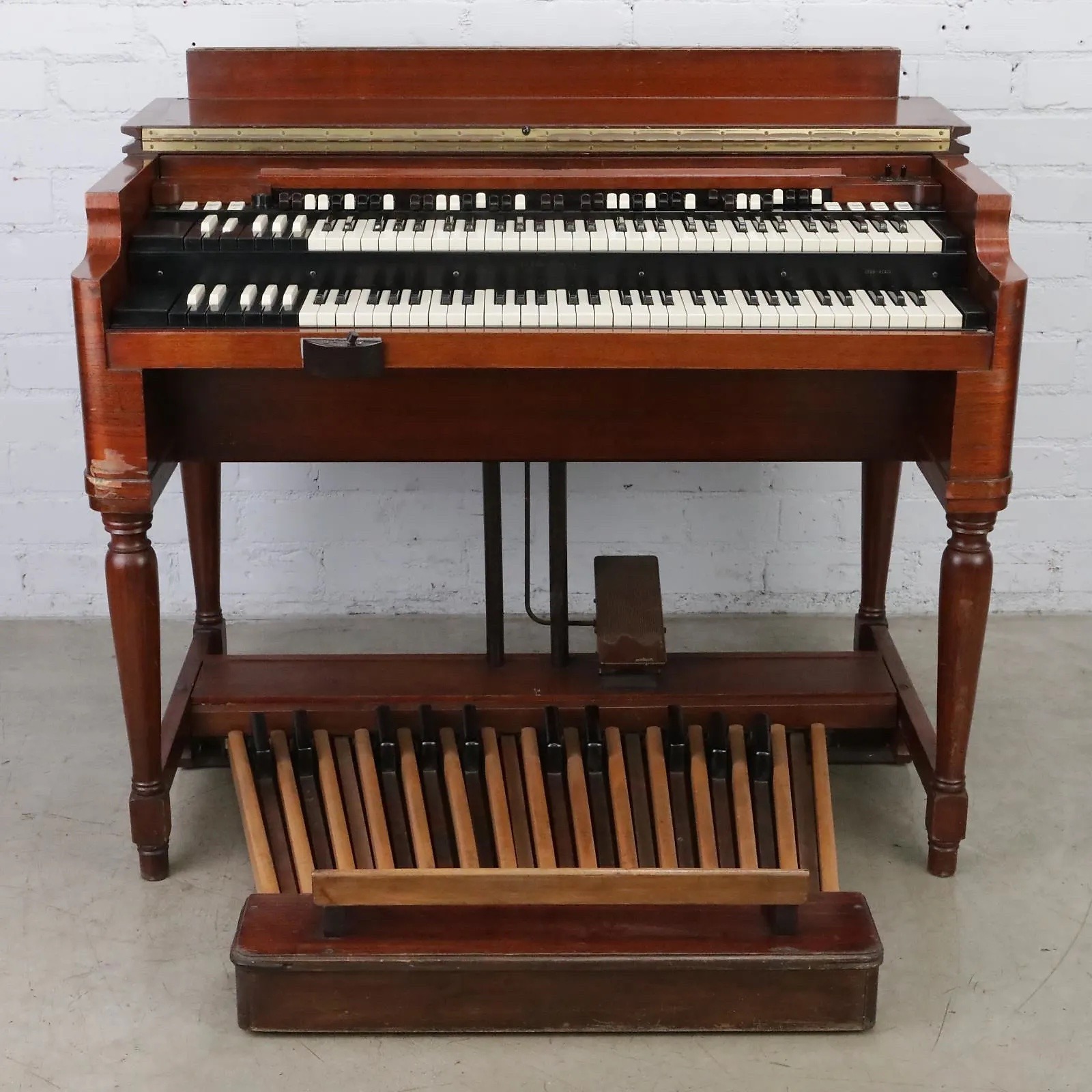The Enchanting Keys of Time: The Hammond Organ’s Journey Through History
The Hammond organ, an instrument whose warm, vibrant tones have caressed the halls of churches, jazz clubs, rock stages, and our hearts, boasts a storied history that intertwines with the evolution of modern music. From its birth in the early 20th century to its enduring legacy, the Hammond organ’s journey is a tapestry woven with innovation, artistry, and the ever-changing tides of musical genres.
Inception (1930s): An Inventor’s Vision
The story of the Hammond organ begins with its eponymous inventor, Laurens Hammond. Already a successful engineer with patents in various fields, Hammond’s foray into musical instruments was motivated partly by economic circumstances. The Wall Street Crash of 1929 left many searching for affordable alternatives to traditional pipe organs. In 1934, Hammond, alongside John M. Hanert, a skilled clockmaker, designed and built the first Hammond organ, later known as the Model A.

The core technology of this organ was groundbreaking. It utilized a system of tonewheels and electromagnetic pickups, a principle akin to electric guitars, to generate its distinctive sound. This innovation offered a cost-effective solution and created a unique tone that would become the Hammond’s signature.

Rise to Fame (1940s-1960s): From Churches to Rock Stages
Initially adopted by churches as a cheaper alternative to pipe organs, the Hammond quickly found its way into various musical genres. Its unique sound appealed to jazz musicians in the 1950s, with artists like Jimmy Smith transforming the perception of the organ in jazz, turning it from a background instrument into a lead one.
The 1960s saw the Hammond organ crossing into the rock and blues arenas. Bands like The Doors, Procol Harum, and Deep Purple incorporated the Hammond, particularly the B-3 model, into their music. The B-3 and the Leslie speaker—a rotating speaker system that added a distinctive vibrato effect—became synonymous with this era’s psychedelic and progressive rock sounds.
Innovation and Evolution (1970s-1990s):
Throughout the 1970s and 1980s, the Hammond faced competition from emerging synthesizers and digital keyboards. However, its distinct sound kept it relevant in certain genres, especially progressive rock and reggae. Artists like Keith Emerson of Emerson, Lake & Palmer showcased the organ’s capabilities in a rock context, often electrifying audiences with his virtuosic performances.
In the 1990s, digital technology led to the creation of Hammond organ clones and software simulations, which replicated the Hammond’s sound for a new generation. These developments introduced the iconic Hammond tones to a broader range of musicians and genres.
The Hammond Today: A Timeless Classic
Today, the Hammond organ continues to hold a revered spot in the music world. Its distinctive sound can be heard in contemporary jazz, gospel, rock, and pop music. New models and software reproductions have made the Hammond more accessible than ever, allowing modern musicians to add its classic warmth to their compositions.
Moreover, the Hammond organ’s influence extends beyond its sound. It played a pivotal role in developing keyboard technology, influencing the design and function of subsequent electronic keyboards and synthesizers.
More Than Just an Instrument
The Hammond organ is more than a musical instrument; it is a cultural icon that has stood the test of time. Its journey through history reflects the evolution of music itself, adapting and enduring through decades of change. From its early days in the churches to its profound impact on jazz, rock, and beyond, the Hammond organ remains a testament to human creativity and the enduring power of music.

